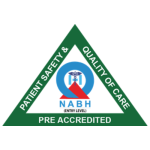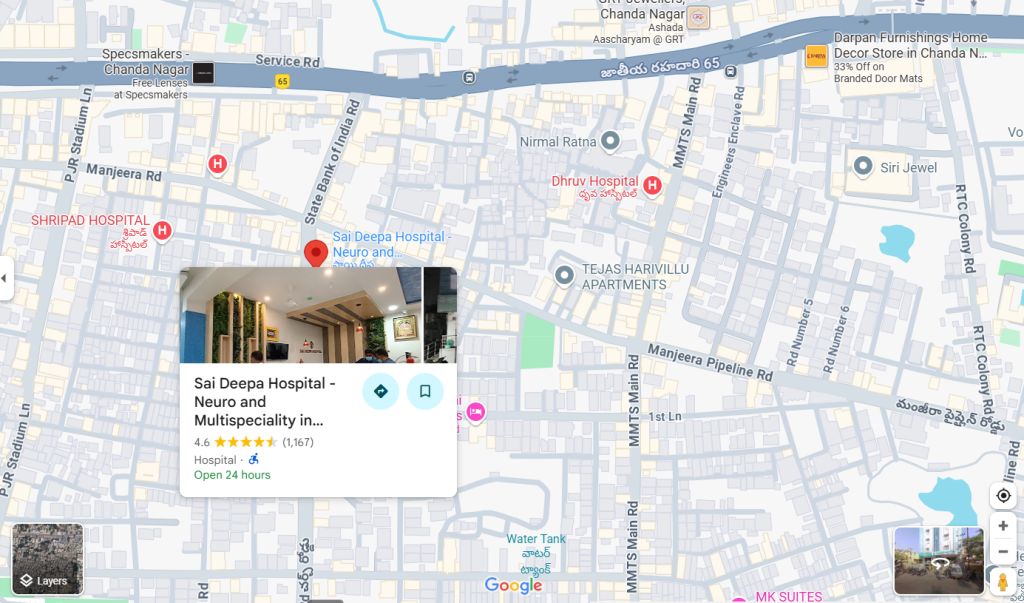What Is Operating Microscope
- Home
- What Is Operating Microscope
Operating Microscope
In the rapidly evolving world of healthcare, precision and accuracy define successful treatment outcomes. Among the many innovations transforming surgical care, the operating microscope stands out as a groundbreaking tool that has redefined the standards of modern surgery. From its ability to magnify intricate structures to enabling minimally invasive procedures, this device has become indispensable across multiple medical specialties.
Book Free Appointment
1L+
Happy Customers
25+
Qualified Doctors
50
Rooms
5000+
Successful Surgeries
Free
Consultation
24/7 Ambulance
Facility
Insurance
Claim Support
Understanding the Operating Microscope
An operating microscope is a high-precision optical instrument designed to provide magnification, illumination, and clarity during surgical procedures. Unlike conventional magnifying tools, this microscope offers adjustable zoom, high-resolution visualization, and hands-free maneuverability, allowing surgeons to focus on the smallest anatomical details. By combining optical clarity with ergonomic design, it helps surgeons perform delicate operations with greater confidence and accuracy.

Dr. Sasidhara Roa A
MBBS, MS
5000+ Successful Surgeries
11+ Years of experience
Dr. Sasidhara Rao A. is an experienced General and Laparoscopic Surgeon at Sree Sai Deepa Hospitals, Chandanagar, with over 11 years of expertise and 5000+ successful surgeries. He specializes in laparoscopic, laser, and microscopic surgeries, treating conditions like piles, fissures, varicose veins, and gallbladder issues.
Doctor’s Fellowships:
Fellowship - International Society of Coloproctology
Fellowship in Intimate Health
Fellowship in Diagnostic Endoscopy
How the Operating Microscope Works
The principle of the operating microscope revolves around its advanced optics and illumination. It uses a binocular viewing system that provides three-dimensional visualization of the surgical field, ensuring depth perception critical in complex procedures. Integrated fiber optic light sources deliver bright, shadow-free illumination, while motorized controls allow surgeons to adjust magnification seamlessly during surgery.
Modern operating microscopes also incorporate digital imaging systems that capture and project real-time visuals on monitors, enabling surgical teams to collaborate more effectively. This integration not only enhances precision but also supports medical education and training.
Applications of the Operating Microscope
The versatility of the operating microscope extends across a wide range of medical specialties:
1. Neurosurgery
Delicate procedures involving the brain and spinal cord demand unparalleled precision. The microscope allows neurosurgeons to visualize tiny blood vessels, nerve fibers, and tumors with extraordinary clarity. This level of accuracy reduces risks and improves patient recovery.
2. Ophthalmology
Eye surgeries such as cataract removal, corneal transplants, and retinal repairs rely heavily on the operating microscope. Its magnification ensures that ophthalmologists can address even microscopic changes in eye tissues, leading to better visual outcomes for patients.
3. ENT (Ear, Nose, and Throat) Surgeries
In otolaryngology, the microscope aids in procedures like middle ear reconstruction, sinus surgery, and vocal cord treatments. By magnifying complex anatomical regions, surgeons can preserve surrounding structures while addressing the diseased areas.
4. Dental and Endodontic Treatments
Dentists and endodontists increasingly depend on operating microscopes to locate hidden canals, detect fractures, and perform microsurgeries with utmost precision. This technology enhances treatment success rates and minimizes patient discomfort.
5. Plastic and Reconstructive Surgery
Microsurgical techniques in reconstructive surgery, such as connecting small blood vessels or nerves, require extraordinary precision. The microscope enables surgeons to restore function and aesthetics with exceptional accuracy.
6. Orthopedic and Vascular Surgeries
Complex bone and blood vessel surgeries also benefit from magnified visualization. The microscope allows orthopedic and vascular surgeons to perform procedures with minimal damage to surrounding tissues.
Get your surgery cost
Benefits of the Operating Microscope
The adoption of the operating microscope brings numerous advantages to both surgeons and patients:
Enhanced Precision: By magnifying tiny structures, the microscope reduces errors and increases surgical accuracy.
Minimally Invasive Procedures: Surgeons can operate through smaller incisions, leading to faster recovery times and reduced postoperative pain.
Improved Outcomes: Enhanced visibility ensures more complete removal of diseased tissue and better preservation of healthy structures.
Educational Value: Integrated cameras and displays allow medical teams and students to observe live procedures, fostering training and knowledge sharing.
Reduced Surgeon Fatigue: Ergonomically designed microscopes minimize strain during lengthy surgeries, ensuring sustained focus and efficiency.
Accreditations

Saideepaneurocare Hospitals is NABH certified, a mark of excellence in patient safety and care. We follow stringent healthcare protocols and maintain world-class hygiene standards.

We are ISO 9001 certified, ensuring the highest standards in quality management and patient care. This certification reflects our commitment to efficient processes and continuous improvement in healthcare services.
Integration of Digital Technology
Recent advancements have expanded the functionality of the operating microscope. Many models now feature:
3D Visualization: Allowing surgeons to experience depth perception more vividly.
High-Definition Video Recording: Facilitating documentation and post-surgery analysis.
Robotic Assistance: Enabling hands-free control and precision adjustments.
Augmented Reality (AR): Overlaying critical data such as blood flow or imaging scans directly onto the surgical view.
These innovations combine traditional optics with digital solutions, bridging the gap between precision surgery and next-generation medical technology.
Safety and Sterilization
Like all surgical instruments, the operating microscope must maintain strict hygiene standards. Detachable components are sterilized before every procedure, while protective covers prevent contamination during use. Manufacturers also design microscopes with smooth, easy-to-clean surfaces to meet infection control protocols.
The Operating Microscope in Training and Research
Beyond surgical applications, the operating microscope plays a vital role in medical education. Trainees gain valuable insights by observing magnified visuals of live surgeries, while recorded procedures serve as resources for continued learning. Researchers also rely on microscopes to study tissue behavior, develop new techniques, and refine surgical methods.
Patient-Centered Advantages
For patients, the impact of operating microscopes translates into real-world benefits:
Shorter Hospital Stays due to minimally invasive approaches.
Lower Complication Rates because of improved precision.
Better Functional Outcomes in vision, mobility, and overall recovery.
Greater Confidence in treatment as advanced technology fosters trust in surgical care.
The Future of Operating Microscopes
The journey of the operating microscope continues to evolve. Artificial intelligence, robotics, and digital integration promise to expand its potential further. In the near future, surgeons may rely on AI-powered microscopes that provide real-time decision support, predicting risks and suggesting optimal surgical paths.
As healthcare moves toward personalized medicine, these microscopes will likely play a central role in tailoring surgical interventions to individual patient needs. With continuous innovation, the operating microscope is set to remain at the heart of precision surgery for decades to come.
Sai Deepa Hospital - Neuro and Multispeciality
Plot no 387, Church road, Huda colony, Chanda Nagar, Hyderabad – 500050
Conclusion
The operating microscope has transformed surgical care by offering unmatched magnification, clarity, and accuracy. Its role in neurosurgery, ophthalmology, ENT, dentistry, and reconstructive procedures demonstrates its versatility and value. By enabling minimally invasive techniques and improving patient outcomes, it stands as a symbol of how technology elevates healthcare.
As digital enhancements and robotic integrations advance, the operating microscope will continue to push the boundaries of what surgeons can achieve. For patients and practitioners alike, this remarkable tool represents the future of safer, more effective, and highly precise surgery.


